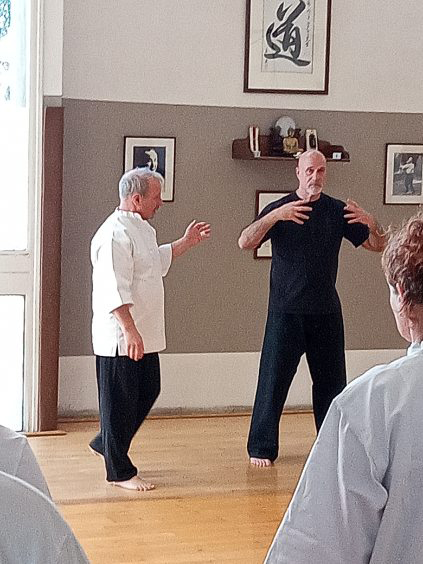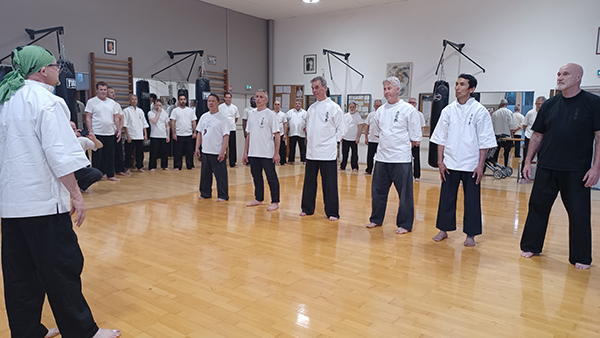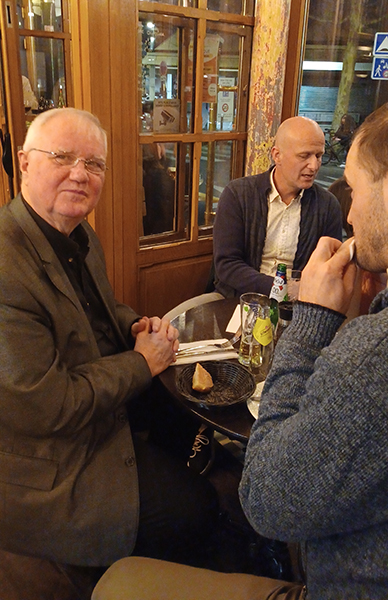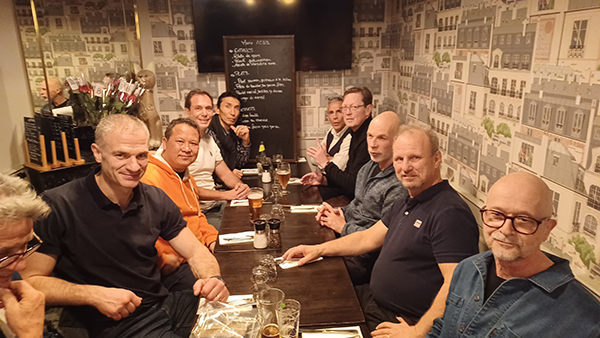
| European Taikiken Gasshuko, Paris, 8-9 March 2025 | 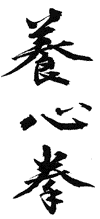 Yoshinken |
||||
| The theme for this year's gasshuko was "sensitivity and consciousness", and was led by one Kyoshi from each participating nation: Åke Wall from Sweden, Hans Bakker from Holland and Julien Portiere from France. After Saturday's introductory ritsuzen, sensei Wall held a session on how we in Sweden help each other develop our ritsuzen. The approach, which originally came from Sato sensei and sensei McDonagh, contains five steps: observing and correcting posture from a distance, feeling and supporting the level of ki, testing and challenging the stability of the posture as well as the flexibility and ability to first absorb and, if too hard a challenge, deflect pressure, and, finally, testing the ability to handle attacks without "losing ritsuzen". This introductory session set the direction for the interpretation of the theme: to maintain the feeling of ritsuzen in movement and during attacks from opponents. We trained, among other things, to first do a series of juri and then repeat the series mentally without arm movements as well as a few rounds of push-hand and ended the first day´s training with five minutes of tanshu. Then a ceremony took place where six members were graded to Go Mokuroku, Yondan and Godan respectively. The appointments are decided by three kyoshi and had previously been approved by sensei McDonagh. The ceremony was also attended by Shihan Jacques Legrée. The new grades were awarded: • Uk Hel Chau Vatha, France, 4:th dan • Laurent Rouzeau, France, 4:th dan • Stephan Götz, Holland, 4:th dan • Sandy Spil, Holland, 5:th dan • Etien Graanoogst, Holland, 5:th dan • Marco Kraan, Holland, 5:th dan • Jack van de Wal, Holland, 5:th dan
|
After the training, everyone gathered for dinner at a nearby restaurant with impressive logistics in the kitchen. The dinner and the subsequent bar hangout offered the usual pleasant networking. On Sunday the training began as usual with ritsuzen. Then four of the newly graduated senseis were to hold their own session of about 30 minutes each, which they had not been given long to prepare for. All of them succeeded in holding sessions that were well connected to the theme of the two days. For example, partner exercises with mukae-te, harai-te and sashi-te as well as holding the ma-ai during attacks. Throughout both days, we changed opponents a number of times during all pair exercises. In addition to the importance of training with different opponents, it provides a good opportunity to get in touch with more practitioners from the different countries, as a kind of wordless networking.
Lennart Eliasson
|
||||
|
|||||
